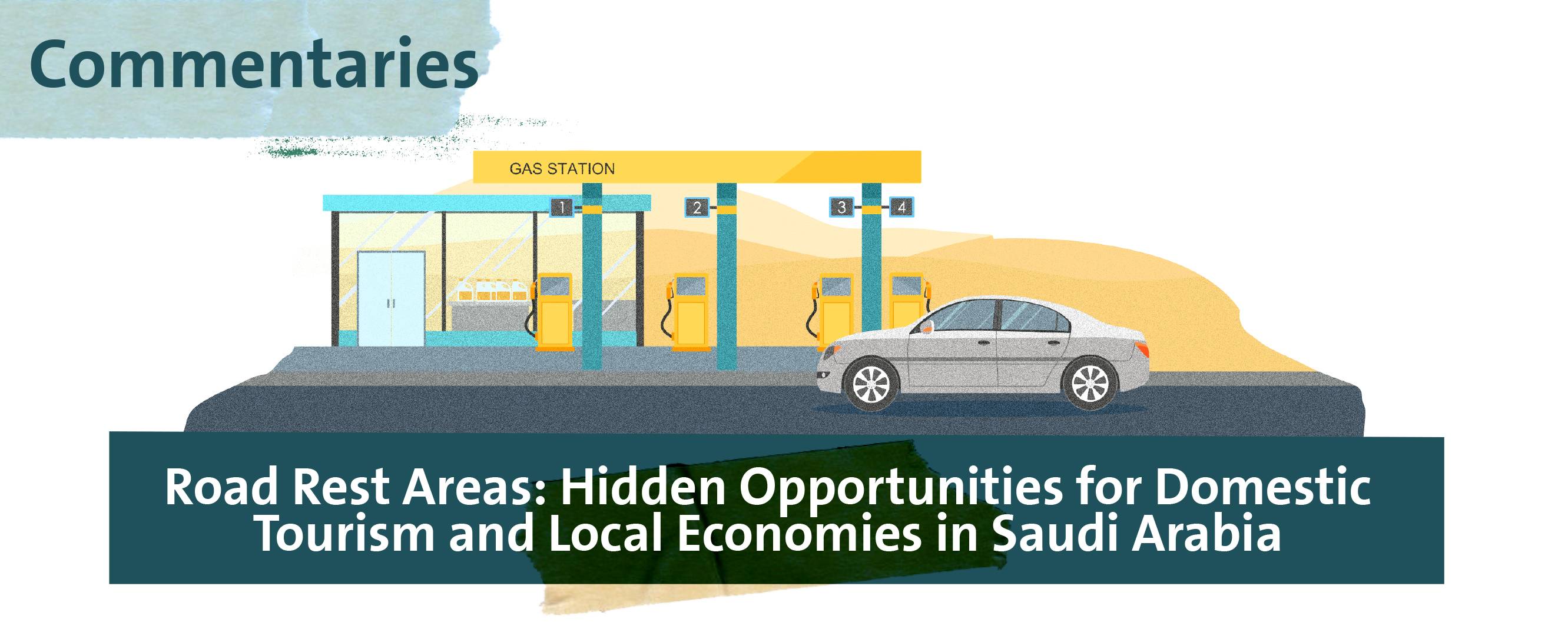Road Rest Areas: Hidden Opportunities for Domestic Tourism and Local Economies in Saudi Arabia
To develop the tourism sector as a main pillar of economic diversification, Saudi Arabia has been investing in heritage sites, museums, luxury resorts, and state-of-the-art entertainment venues across the country. One noteworthy fact about Saudi tourism is that, while increasing numbers of tourists travel by air and railways, the primary mode of domestic transportation, largely for nationals and residents, remains by land. In the first quarter of 2019, roads were used for 90.5% of domestic tourist transportation and 21.8% of international tourist arrivals. This suggests the importance of taking into account road travel experience as an indispensable element of Saudi tourism—especially as this year’s global coronavirus spread indicates the risk of over-relying on foreign tourists.
In particular, road rest areas (istirāhāt al-turq) are a major part of such travel experiences, especially for those who travel long distances. Currently, there are 1,221 active rest areas on the Kingdom’s road networks, which are estimated to be 180,193.3 kilometers in total, with an average daily traffic rate of around 2 million vehicles traveling between cities. These rest areas are administered by the Ministry of Municipal and Rural Affairs and are run by qualified operators who meet the management, finance, and technical standards, as well as standards pertaining to location, design, licensing, security, and health, among other aspects. Moreover, in May 2019, the ministry launched the Massar program, which aims to improve the quality of their facilities and services, under which 152 designated “service centers” (marākiz al-khidmah) have so far been developed, with 320 in total planned to be created on the Kingdom’s eight main roads by the end of 2020.
These service centers host fuel stations, mosques, restrooms, green spaces, supermarkets, cafes, restaurants, kiosks, ATMs, and hotels, and they serve users by making their road travel experience safe, convenient, and comfortable. Nevertheless, these rest areas appear to have greater potential to become an engine of the growing tourism sector. This Commentary will discuss what possibilities they have for tourism development by referring to the Japanese experience in the field.

